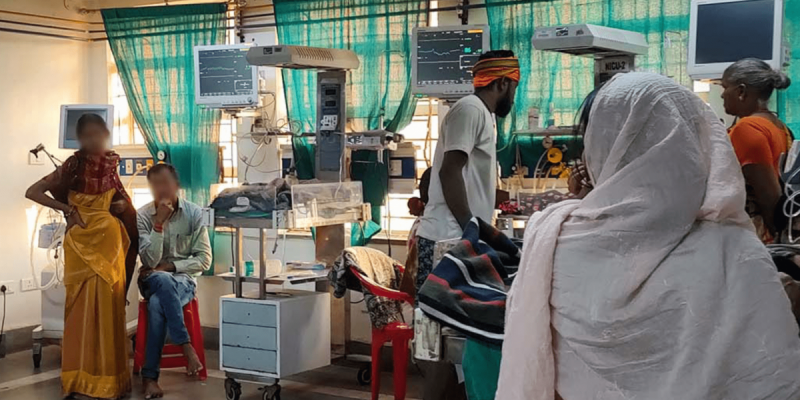- Courses
- GS Full Course 1 Year
- GS Full Course 2 Year
- GS Full Course 3 Year
- GS Full Course Till Selection
- MEP (Mains Enrichment Programme) Data, Facts
- Essay Target – 150+ Marks
- Online Program
- GS Recorded Course
- NCERT- First Ladder
- Polity
- Geography
- Economy
- Ancient, Medieval and Art & Culture AMAC
- Modern India, Post Independence & World History
- Environment
- Governance
- Science & Technology
- International Relations and Internal Security
- Disaster Management
- Ethics
- Current Affairs
- Indian Society and Social Issue
- CSAT
- 5 LAYERED ARJUNA Mentorship
- Public Administration Optional
- ABOUT US
- OUR TOPPERS
- TEST SERIES
- FREE STUDY MATERIAL
- VIDEOS
- CONTACT US
FLiRT: New COVID-19 variants
FLiRT: New COVID-19 variants
14-05-2024
A wave of COVID-19 infections has emerged with the circulation of new variants. The KP.2 and KP1.1 variants, collectively known as the "FLiRT" variants.
- FLiRT are descendants of the Omicron JN.1 strain that spread globally last winter.
- These variants are associated with a rise in cases and a slight increase in hospitalizations in the United States, according to the Infectious Disease Society of America (IDSA).
- The FLiRT variants have also caused a surge in cases in the United Kingdom, South Korea, and New Zealand, raising concerns about a potential new wave of COVID-19.
- In India, the Indian SARS-CoV-2 Genomics Consortium (INSACOG) has detected 238 cases of KP.2 and 30 cases of KP1.1 as of May 6, indicating the presence of these variants in the country.
What is FLiRT Variants?
- KP.2 and KP1.1, called 'FLiRT' variants, are descendants of the Omicron JN.1 that spread globally last winter.
-
Features
- The KP.2 and FLiRT' variants appear to be more dominant than their ancestor and other Omicron variants. KP.2 is considered the more dominant of the two and is believed to surpass immunity acquired through vaccination and prior infections.
- The FLiRT' variants originated from the JN.1 variant of the SARS-CoV-2 virus, carrying two new spike mutations.
-
How does it spread?
This variant spreads to others through respiratory droplets from a person, or by touching infected surfaces like taps, furniture, lift buttons, etc.
-
Symptoms of FLiRT
- Symptoms of the new variant are similar to other Omicron sub variants: sore throat, cough, nausea, congestion, fatigue, headache, muscle or body aches, loss of taste or smell.
-
Prevention: Vaccination and preventive measures are advised to curb the spread.
Must Check: Best IAS Coaching In Delhi
India’s EV Mission: Progress Delayed, Not Denied
India’s EV Mission: Progress Delayed, Not Denied


